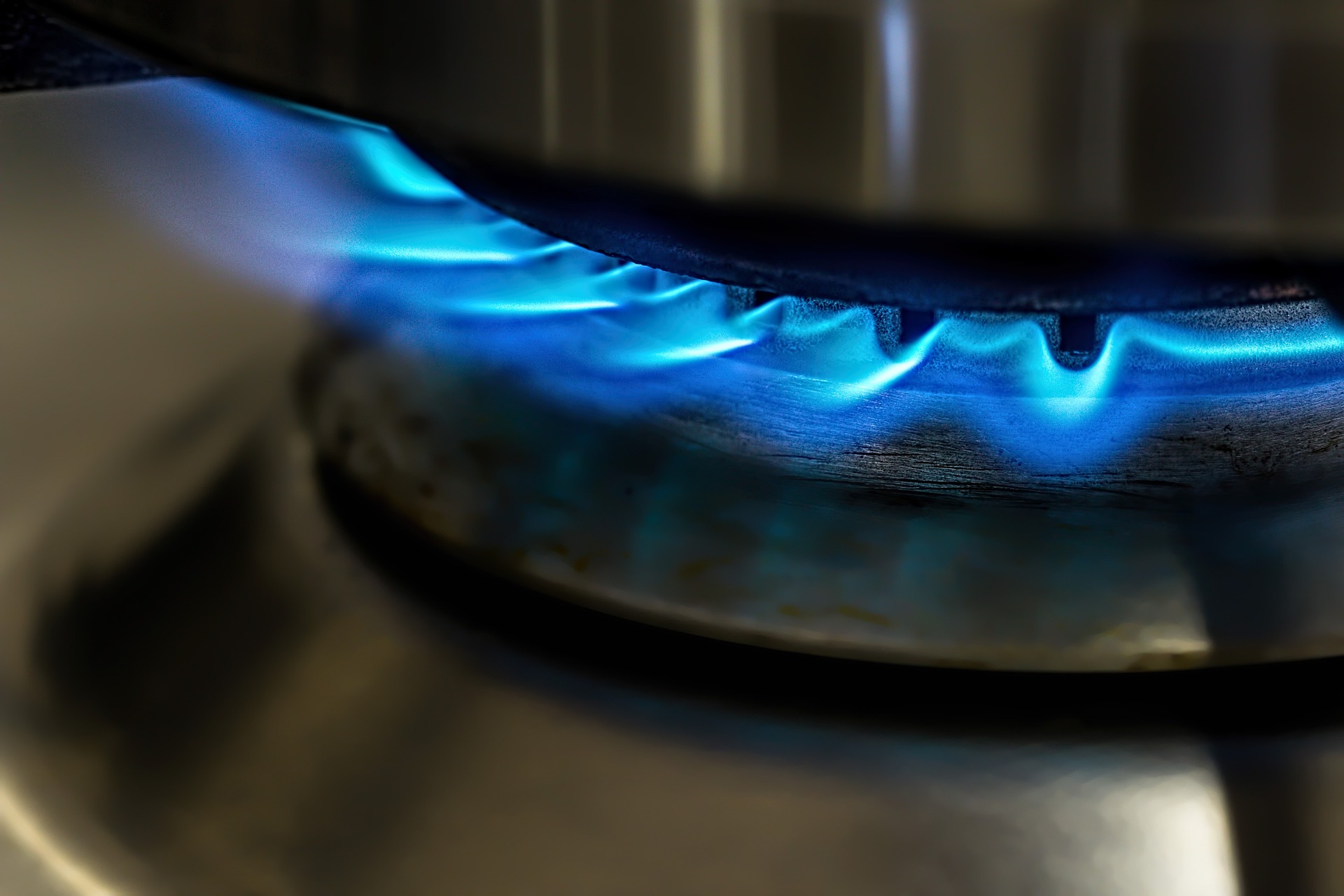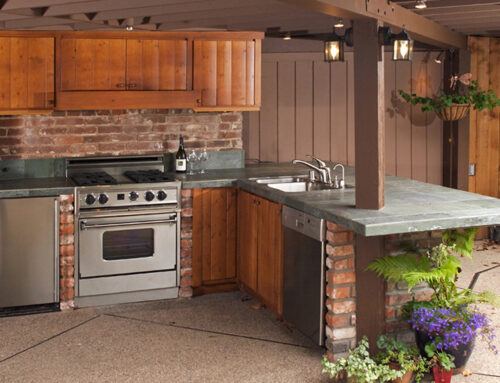If your upcoming holiday plans involve lots of cooking with family, you might be in the market for some new kitchen appliance upgrades. Replacing an old and inefficient stovetop can enhance your culinary experiences and bring your kitchen into the modern era. One of the most important considerations when considering an upgrade is the type of stovetop you prefer, with two options: electric stove or gas stove. This article will talk about which stove may work best in your home based on costs, feasibility, and safety.
Can I Install A Gas-Powered Stove?
The main difference between a gas-powered stove and an electric model is its power source. As evidenced by their name, a gas stove requires a gas line – in most cases, natural gas – to function, which might not be found in rural homes. Many houses in Florida lack gas lines as compared to regions up north, so determining whether or not you can realistically install a natural gas line to your home should be step one when choosing a new stovetop.
If that process seems complicated, an electric stove can be installed in all kitchens, only requiring a 240-volt outlet already used by your current stove. There are, however, more differences to consider between these two options.
Safety: The statistics surrounding fires caused by gas and electric stoves can sometimes be conflicting, but gas-powered stoves generally have a higher risk for fire potential. A gas stove can present unique dangers, such as a gas leak leading to an explosion or carbon monoxide’s potential health risks. In comparison, electric stoves can rarely cause fires if you are attentive to your cooking surface and keep the stovetop clear of flammable items. For a home with children, an electric stove presents fewer opportunities for wandering child hands to cause serious fire or health risks.
Cost: The cost of a new stove depends on many factors, your decision to go with electric or gas being only one of them. You can find similarly priced models at most price points, from 500 dollars up to thousands. The cost that will significantly fluctuate based on your decision will be the ongoing cost of operation. Powering your appliances with natural gas is generally cheaper (based on location) than electricity. Because of this, deciding to install a gas-powered stove can have significant savings if a gas line is already installed in your home. If there is no gas line present, you can calculate savings by estimating the yearly costs of use in your area for the two types of stoves. Then, determine how many years into the future your annual energy savings from natural gas will pay for the cost of gas line installation. Depending on your area, installing a gas line and utilizing natural gas might pay for itself within a few years.
Cooking Experience: Most chefs love cooking on a gas stove because of its superior temperature control. Electric stoves can not dramatically reduce or increase their temperature in the same time frame possible with gas. Even for amateur cooks, an electric stove might cause frustrations from burnt dishes and imprecise temperature. However, electric stoves come out on top when it comes to cleaning and upkeep. Some electric stove models are completely flat and flush with the countertop, meaning proper cleaning is always attainable through a simple scrub. Burners on a gas stove are noticeably harder to clean and sometimes accumulate unpleasant debris buildup.
In the end, the decision is yours, and many cooks strongly prefer one option over the other. The functionality, cost, and style of each type of stove might work well in some designs and falter in others. Do you need help with the overall design of your new kitchen? Call the design experts at West Coast Design Build Florida – from kitchen cabinets to outdoor gourmet cooking areas, we’ve got the expertise you need.





